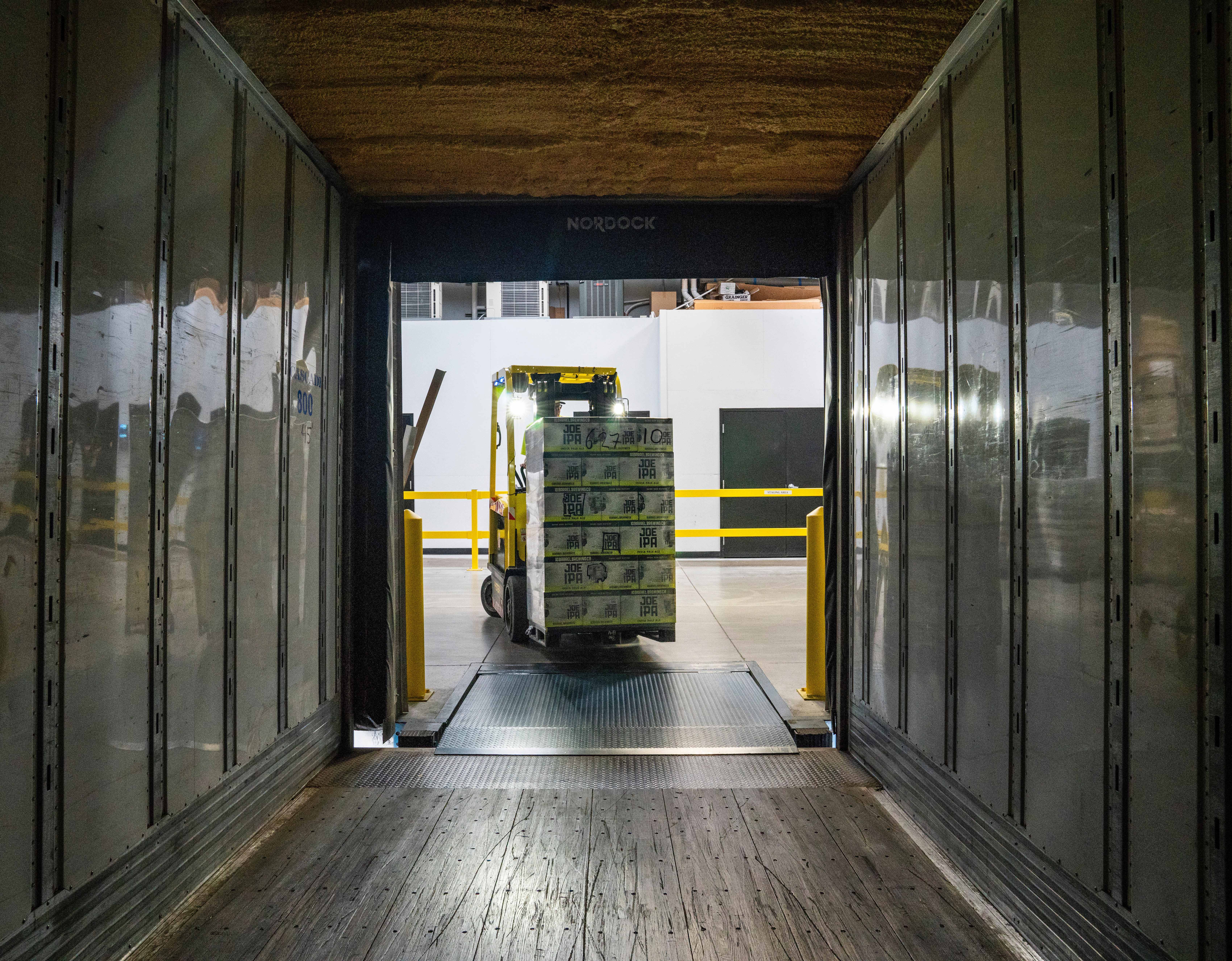Improving Coral Shipping Conditions
Introduction:
The transportation of live coral nubbins, small pieces of coral, is a difficult process this is insufficiently studied. To mitigate high mortality rates, the corals must be delivered in less than 20 hours with stable, specific, environmental conditions. Most coral is predominantly exported from remote islands, like Fiji, to the United States and Europe. While air travel has allowed coral to be transported safely, the COVID-19 pandemic has disrupted the shipping process and timing. Therefore, this study researched how oxygen concentration and water quality could improve coral shipping conditions and future growth and decrease post-transportation mortality.Set Up:
Four transportation simulations were performed on Seriatopora hystrix coral. The tests were run with nubbins placed in glass containers, which were then placed inside cardboard boxes. Different water volumes (dry method, 125 ml, 190 ml, and 325 ml) and oxygen concentrations in the gas phase (21%, 40% and 85%) were tested. Additionally, a 24 LED light was included in the boxes to provide light irradiance of 100 µmol m-2 s-1. An Apogee quantum meter measured the light irradiance for the four tests. Each nubbin was measured regularly before transportation, after transportation, and at each sampling period.Results:
In the transportation simulations, the nubbins extracted calcium carbonate for growth, which reduced water alkalinity and pH to 6.67. Dissolved oxygen concentration also rapidly decreased to 0.19 mg L-1. The concentration of inorganic nitrogen, especially ammonium ions, increased after 24 hours and reached large concentrations after 48 hours. Before 48 hours, the larger the water volume and oxygen concentration, the faster the nubbin growth after transportation. After 48 hours, water quality dropped so low that most nubbins died or came near to death.Conclusion:
This study improved our understanding of how coral uses elements from water and how that affect their survival and growth during and after transportation. While the water method generally had better results than the dry method, transportation should not exceed 48 hours. Using a cheap light source in the transportation boxes can increase the transportation duration to up to 72 hours.
Image 2. Photo by QUI NGUYEN; Multiple species of colorful coral
Application Summary

Image 1. Photo by Elevate; Collection of shipping boxes
Summary
An Apogee quantum meter measured light irradiance in a study testing how coral survived in different transportation simulations.
Apogee Sensor Used
Authors
- Gildas G. B. Todinanahary
- Antoine Batigny
- Thierry Lavitra
- Philippe Grosjean
Published
Western Indian Ocean Marine Science Association (WIOMSA)
Reference Article
